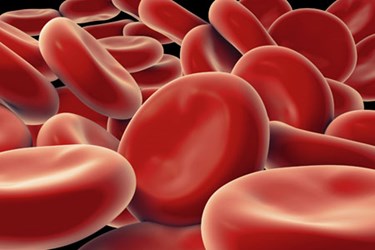Hemophilia - Global Clinical Trial Landscape

Hemophilia, a rare X-linked congenital bleeding disorder, primarily affects males and is characterized by factor VIII (FVIII) deficiency in hemophilia A or factor IX (FIX) deficiency in hemophilia B. Hemophilia A accounts for 80-85% of cases, while hemophilia B makes up the rest. Its severity ranges from mild to severe, with severe cases resulting in spontaneous bleeding into joints, muscles, and organs. The 2021 Global Survey by the World Federation of Hemophilia (WFH) reported 233,577 cases worldwide, with higher rates in Europe, Southeast Asia (India and China), the United States, France, and the United Kingdom.
The global biopharma industry has seen a surge in hemophilia clinical trials since 2018, with a focus on the Asia-Pacific region, North America, and Europe. These regions are advancing research through clinical studies and state-of-the-art facilities. Proteins, gene therapies using Adeno-associated Virus (AAV) vectors, bispecific monoclonal antibodies, siRNA, and cell therapies are being explored for treatment.
Managing hemophilia requires a specialized multidisciplinary healthcare team. Treatment includes prophylactic and on-demand approaches involving clotting factor replacement. The holistic approach recommended by WFH Guidelines for the Management of Hemophilia (2020) prioritizes proactive care, addressing immediate bleeding episodes, prophylactic treatment, ongoing monitoring, and managing immune responses in replacement therapy patients.
Further explore the clinical landscape of hemophilia across three key regions of the globe namely Asia Pacific, Europe, and North America by accessing the full article below.
Get unlimited access to:
Enter your credentials below to log in. Not yet a member of Clinical Leader? Subscribe today.
